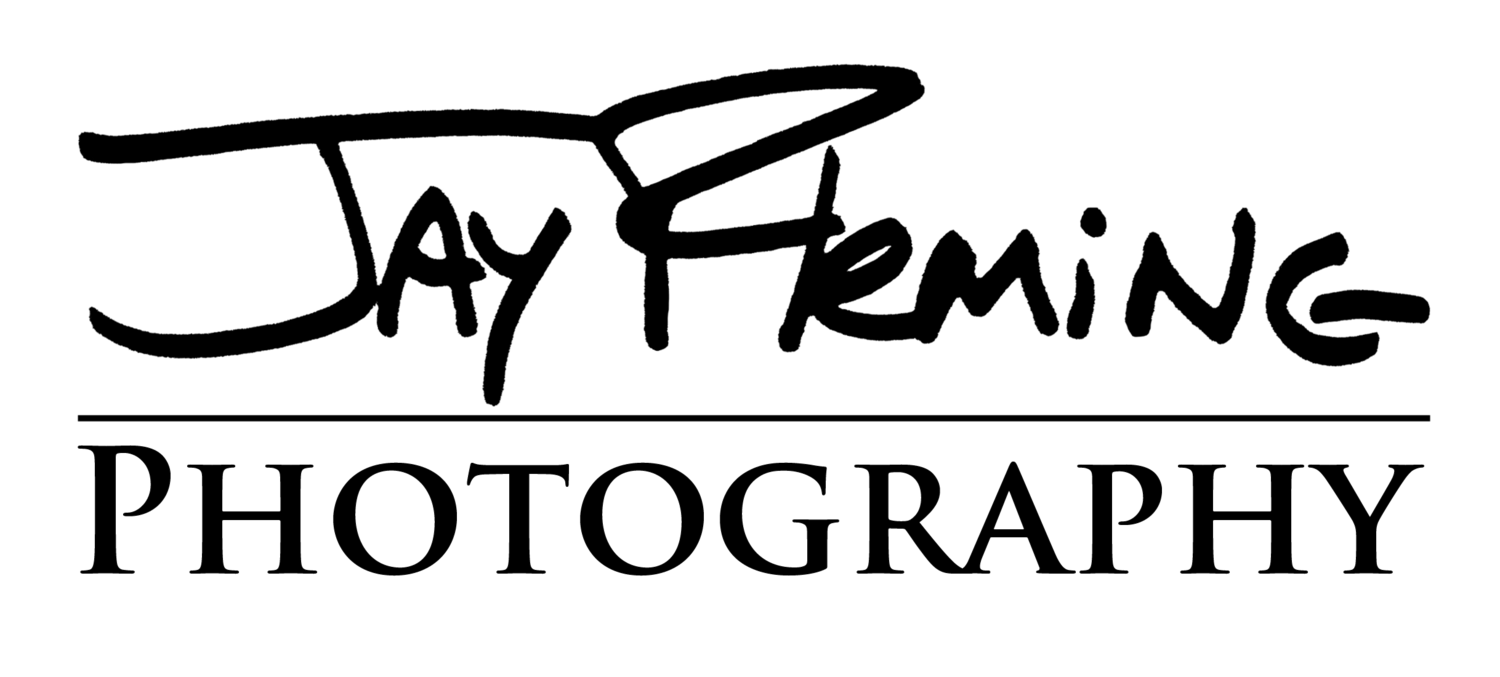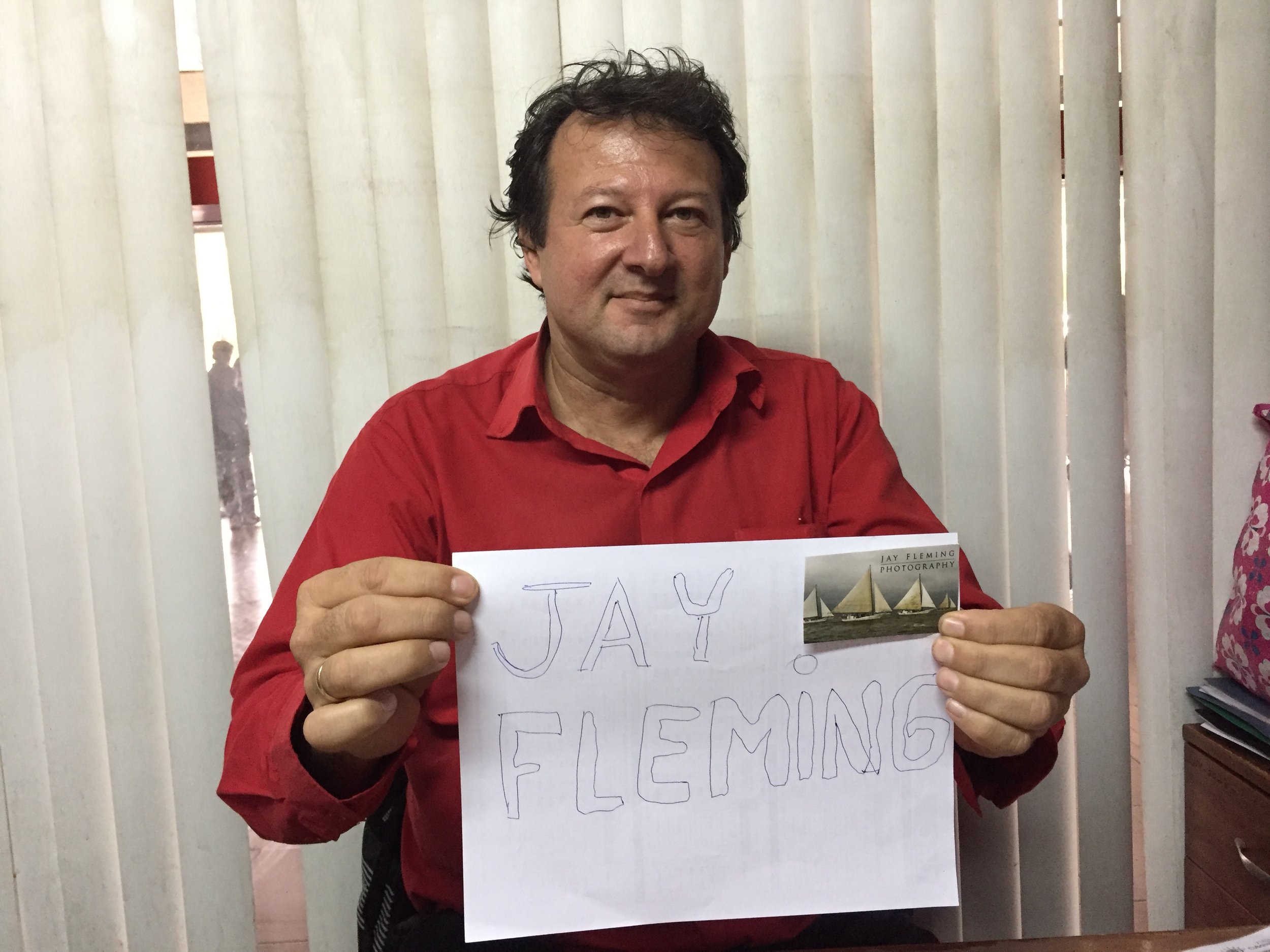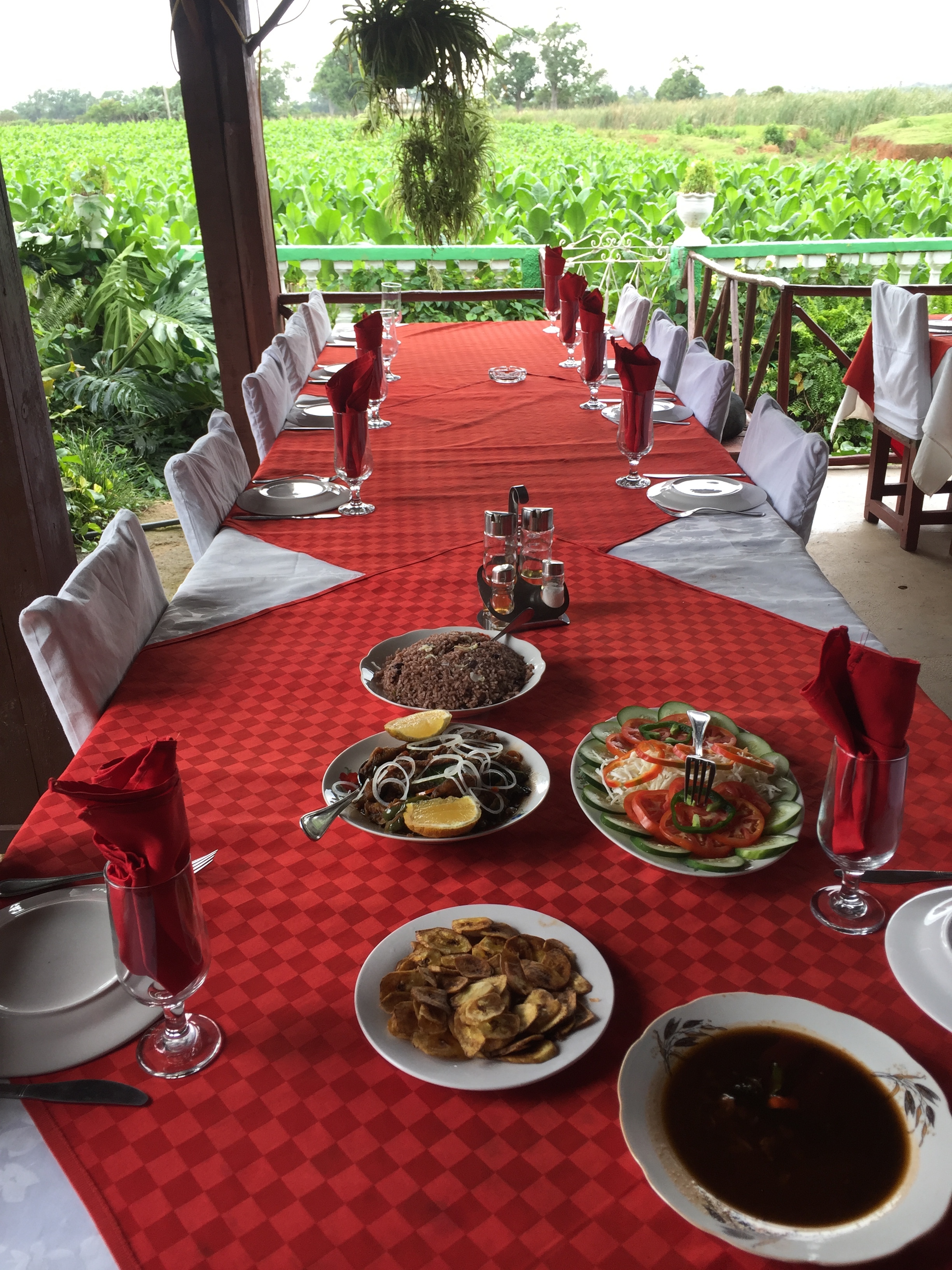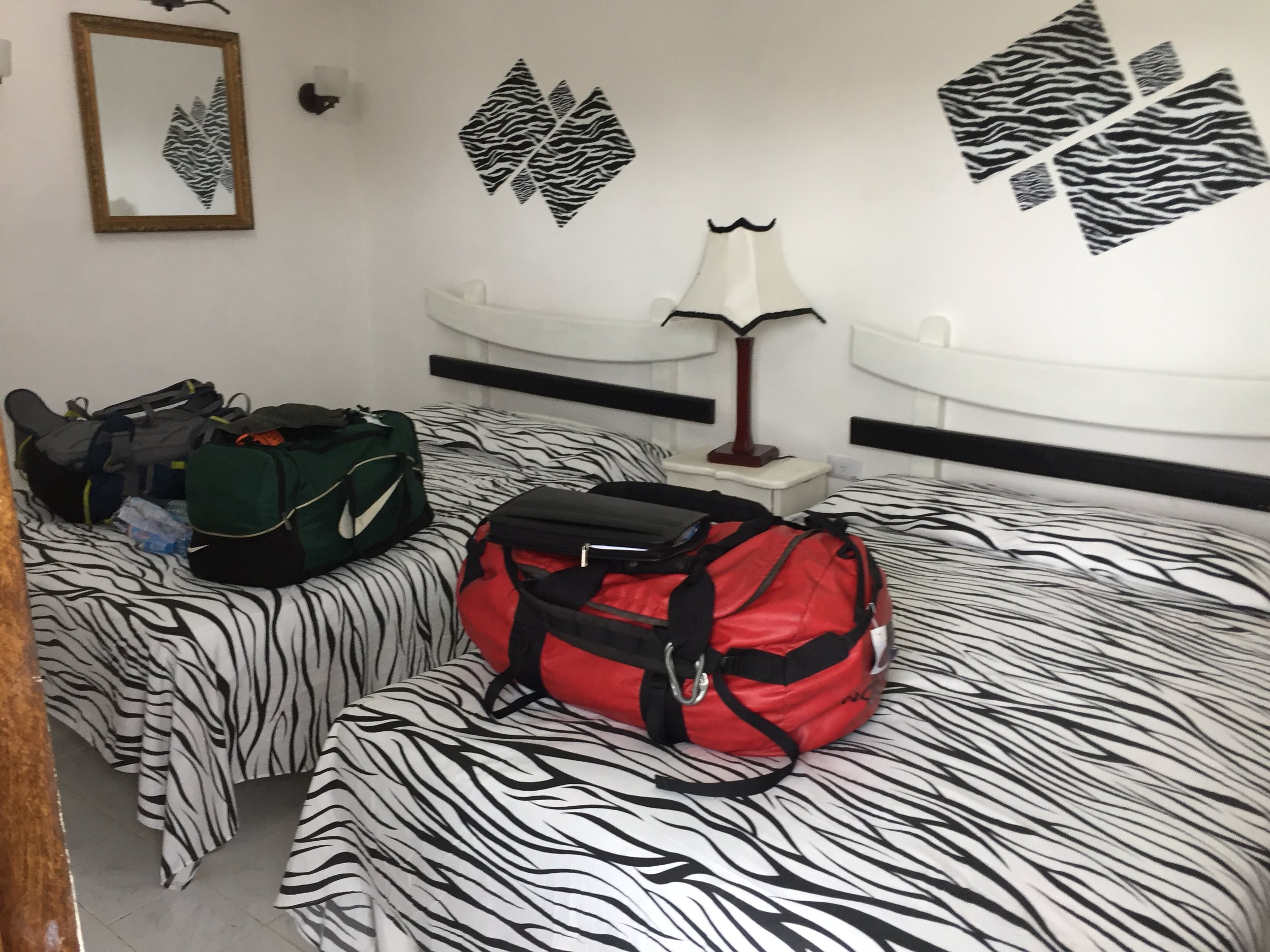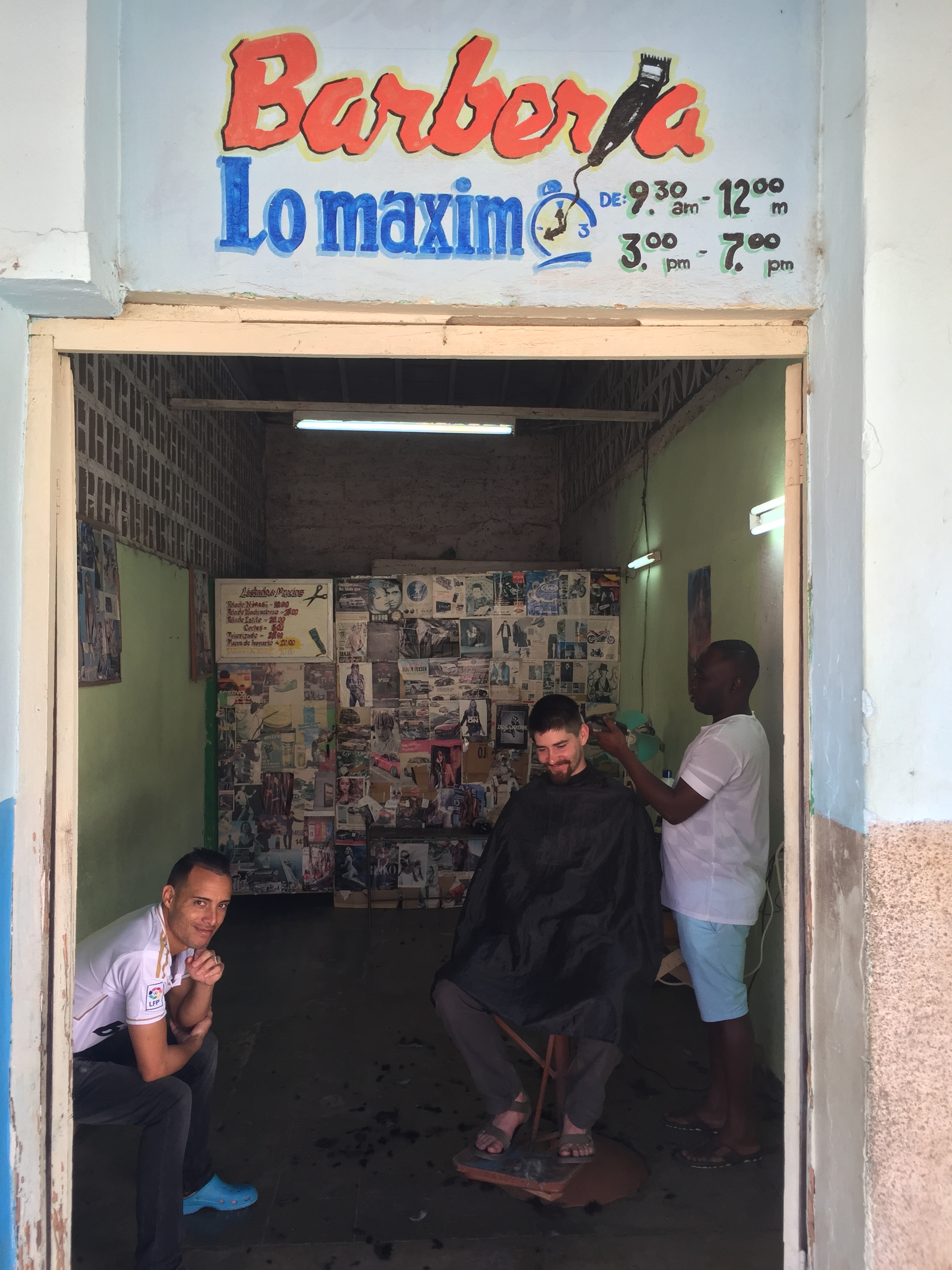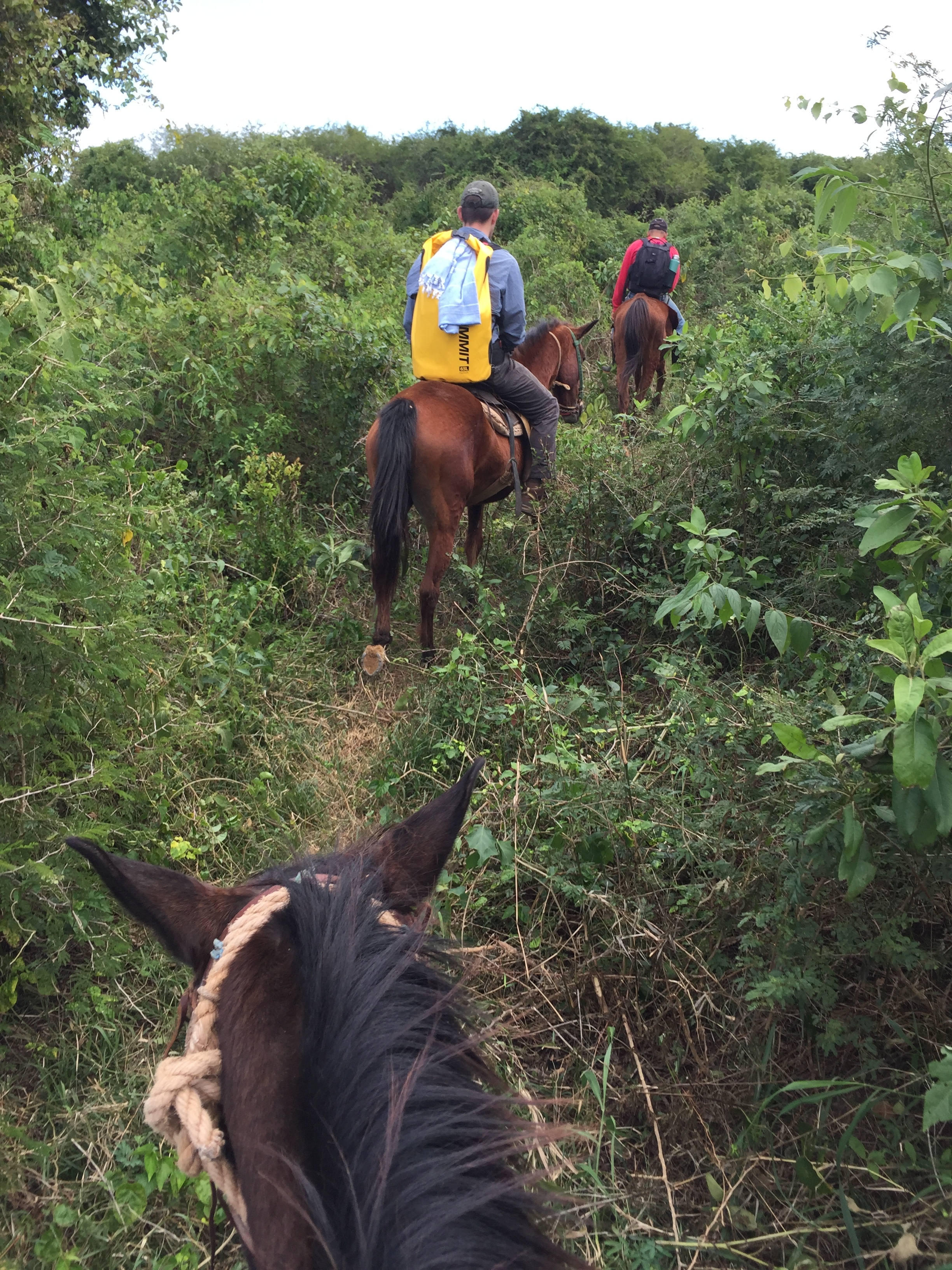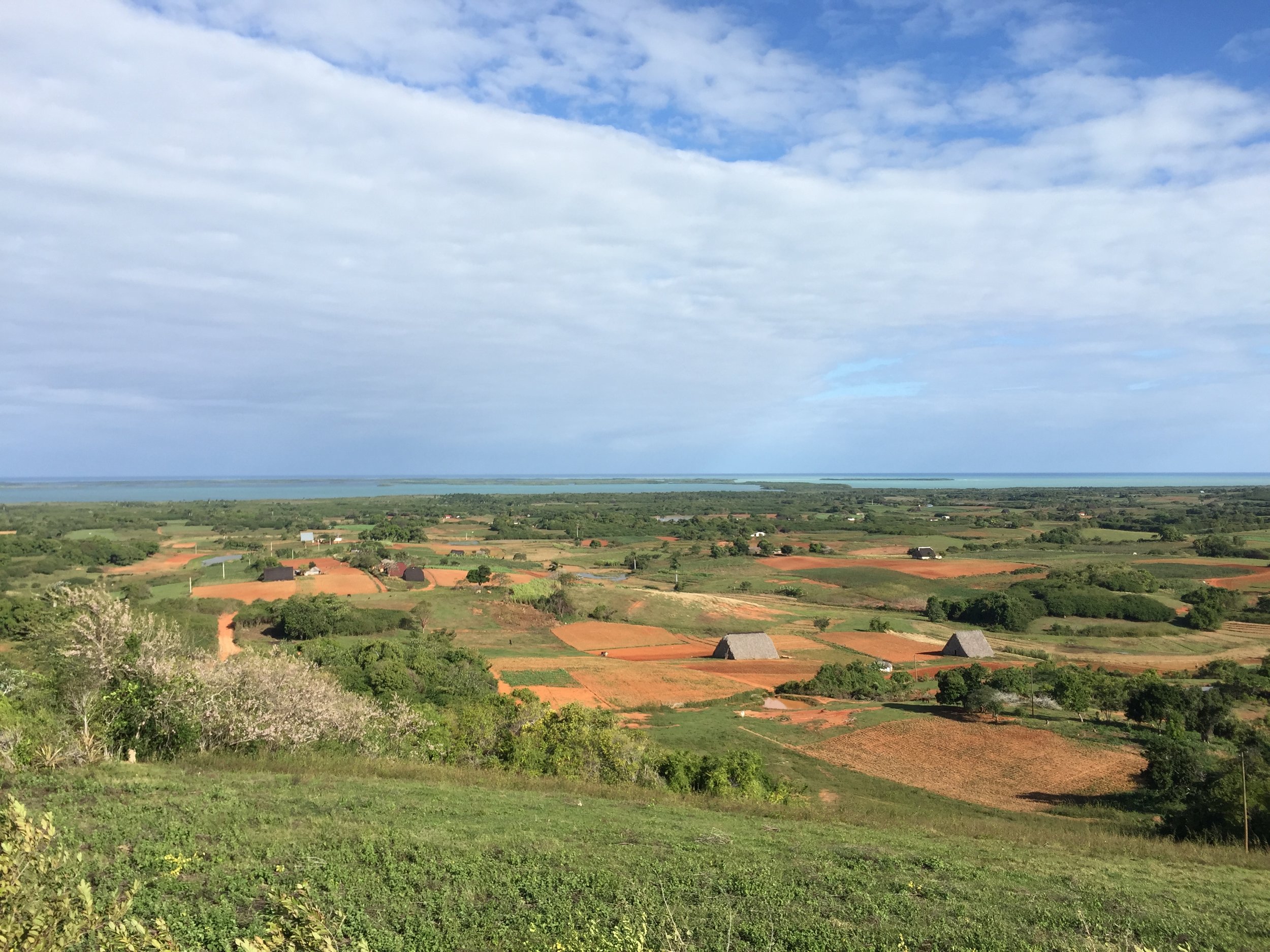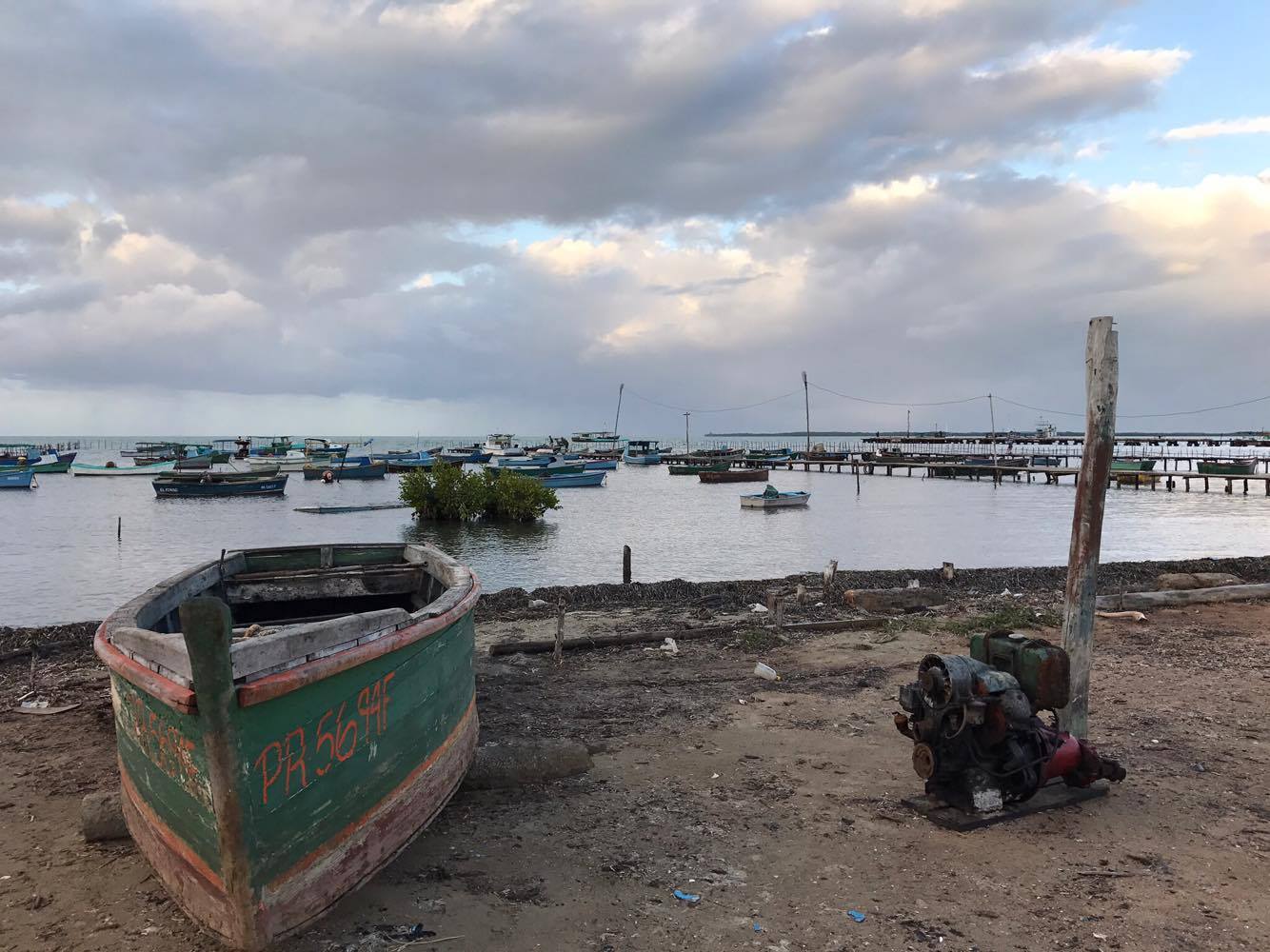At the end of a busy holiday season following the release of my first book, Working the Water, I decided to dedicate the month of January to traveling. After three years of shooting pictures almost exclusively on the Chesapeake Bay, I was inspired to dedicate time to photographing and learning about a new country. I contemplated traveling to destinations all over the world, but continually found myself coming back to a destination less than 100 miles from the United States—Cuba. Due to its tumultuous political past, the history and environment of Cuba has been preserved, and its culture extremely unique. I decided that Cuba would be my final destination, and it’s beautifully decrepit streets, its ever-optimistic people, and its breathtaking landscapes and wildlife would be my new subjects.
This blog series of seven journal entries will share my photographs and experiences from 28 days of travel throughout the western portion of the island. The progression of the entries will follow the trip as we travelled west from Havana and back east along the southern coast to our final destination, Trinidad.
A 30 minute taxi ride south from Puerto Esperanza put us in the area of Vinales National Park. This town of Vinales is a hub for tourist activity and a launching spot for activities in the surrounding area. The national park is famous for the “Magotes,” steep sided limestone hills that are iconic to the Cuban landscape, and fertile agricultural valleys, dotted with small plantations.
We rented a “casa particular” on Airbnb from Marcelys and Fidel just outside of the town for two nights. Upon arrival, the older couple was extremely accommodating. Fidel was quick to offer us horseback rides through the valley–a relatively lucrative activity for the local Cubans to do with tourists. After settling in, we walked to a local paladar for dinner, the Campesino, that was recommended by our hosts. After three days of barely eating at Casa Wendy, the food in Vinales was a treat. A healthy portion of food–lamb, chicken, rice, beans, fresh vegetables and soup with beer, for two people, was just over 20 CUC–equivalent to about 25 USD. After one meal, I instantly felt relief from the three day stomach bug that had been ailing me while staying in Puerto Esperanza at Casa Wendy.
At 6:30am on Friday, Fidel brought three horses to the house from his stables. He was not used to tourists wanting to get out early in the morning, but we wanted to catch the morning light on the Magotes. Fidel took us through the valley to a friends plantation that was owned by a friend of his where we drank coffee with the family and photographed their oxen with the Magotes offering a scenic backdrop.
After a quick stop at a cave near a plantation, we headed to another tobacco plantation where the owners were harvesting tobacco and selling hand rolled cigars to tourists. Dixon, the owner’s grandson, explained how the tobacco industry works for the independent farmers. The farmers are required to sell 90% of their tobacco harvest to the government and the remaining 10% can be sold independently to tourists. The tobacco is sold by weight and the government sets the price on the tobacco. The farmers get roughly .4 to 1 CUC per kilo of dried tobacco. Nearly all of the tobacco that the government purchases goes to larger cigar and cigarette rolling factories after being inspected one more time for for quality. The government sends tobacco leaves of different quality to factories that produce brands such as Cohiba, Partagas, and Montecristo, to name a few. The individual farmers are able to make much more for their product when selling directly to tourists. As part of the tour that was included in the price of the horseback ride, we were each given a hand rolled cigar that we smoked with the family. They suggested dipping one end of the cigar in honey, which acts as a natural filter and sweetens the taste of the tobacco. They even claimed that Che Guevara dipped his cigars in honey because of his asthma. We purchased additional cigars for $4.00 each, which came wrapped in royal palm leaves that acted as a natural humidor.
We ended the ride back at the house, and ended up paying 5 CUC per hour for each horse–a total of 50 CUC for five hours. A similar horseback ride in the United States would be at least 200-300 USD per person. We talked with Fidel and his wife after arriving back at the house and while eating lunch, they told us about a “unofficial” cockfight that was taking place on Saturday. We ended up extending our stay in Vinales to see this backwoods cockfight. Our hosts did not have room for us that evening, so we went across the street to their friends house. The owner, of the casa particular, an older man named Alberto, went to the cockfight every week. He welcomed us to come with him on Saturday.
Cockfighting is the only legal form of gambling in Cuba, but this fight was not sanctioned by the government. We left town in a cab with Alberto and a few of his friends and headed down a dirt road for about five miles. We knew that we were close after seeing dozens of 1950’s era American cars, mopeds and horses parked on the side of the road. The cab parked and we all walked through the woods about 100 yards to the clearing that was set up as an arena for the cockfight. At least 100 cubans, and maybe only 5 tourists were present at the cockfight. People were gambling illegally before the fight, selling beer, and pork sandwiches and preparing the chickens for the fight. We wandered around the somewhat apprehensive crowd and photographed people getting their birds ready for the fights. As the fight approached, we scoped out a spot in the stands and waited with our cold “Presidente” beers. The cubans were placing bets on the birds, and the stakes were high. Numbers upwards of 1000 CUCs were being thrown around for the winning birds, almost equivalent to four years of wages for the average Cuban. The first fight started and the crowd of cubans started to go wild–people were screaming at the birds, hoping that they would end up winning big. The two roosters fought for at least 40 minutes before being declared a draw. Both roosters, barely alive from the fight, went back to their respective owners to be rehabilitated for the next match. The two following fights ended much quicker as each had a more decisive winner and only one survivor. We left the fight after about two hours, feeling as if we had been immersed into the “real” Cuba–starkly different from the tourist traps that have been artificially created by the government.
Sunday was our last day in Vinales, and after the truly authentic experience of the cockfight, we decided to that it was necessary to experience the tourist traps. We first headed to the “Cueva del Indio,” a cave with a dammed river on the northern end of the National park. We waited in line with dozens of other tourists to get onto a small skiff that ran through the cave. The trip ended on the other side of the magote where we were greeted by vendors heckling tourists to buy cheap necklaces, fake cigars and other tacky Cuban souvenirs. The next stop was the “mural de la prehistoria,” which was essentially a painting on the side of a magote. The painting was done in the 1960’s by a group of Cuban tourists and represents the natural history of Cuba. We found a “coche de caballo” to take us back into town from the Mural de la prehistoria and found a place to eat pizza for lunch. After resting for a few hours after lunch, we headed back out for the last evening of shooting pictures and returned to the house for a traditional lobster dinner with Alberto and his family.
The next morning we scheduled our cab to take us south to Pinar del Rio where we had scheduled a one night stay before heading east to the Zapata Swamp.
